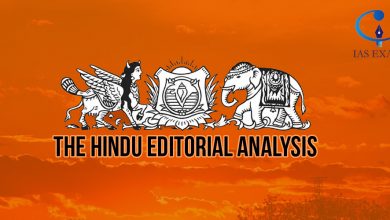DISABLED AND EXTREMELY POOR
There is a link between disability, loss of employment and impoverishment in rural India
Of the world’s population, 15% live with some form of disability. Are disabilities associated with economic hardships through loss of employment and consequent impoverishment in rural India? We tried to answer this question by using the two rounds of the India Human Development Survey (IHDS) data for 2005 and 2012.
We compared poverty outcomes in 2012 and the prevalence of disability in 2005. The sequence of analyses summarized below is:
- First, factors associated with disability;
- Second, the relationship between rural employment and disability;
- And third, between poverty/or a welfare metric and disability in rural India.
The central argument resting on these building blocks is that disabilities are likely to rise; they are associated with loss of long duration of employment; and thus, with a rise in poverty.
Patterns of disability
- The prevalence of disability was 9.70% in the rural population in 2012. Of the disabled, more than half (51.3%) suffered from two-four disabilities. Persistence was also largest in this range of disabilities (about 31% remained disabled between 2005 and 2012). The share of those suffering from one disability was largest in the age group 31-50 years, followed by 51-60 years. In the case of two-four disabilities, the largest share was found among those aged 31-50, 51-60, and then, among the older group, 61-70 years.
- The share of those suffering from more than four disabilities rose from those aged 31-50 years old to 61-70 years and then declined. Among the youngest (15-30 years), about 98% did not suffer from any disability.
- This declined among older age groups (just under 50% among the oldest, more than 70 years of age). In the 31-50 years age group, a vast majority did not suffer from any disability, and small proportions suffered from a single and multiple disabilities. A similar pattern was observed among those in the 51-60 years age group, with substantially lower proportions without any disability and larger proportions suffering from single and multiple disabilities.
- Among those aged 61-70 years, the proportion without disability was considerably lower, but those with single and multiple disabilities rose (about 30% had more than four disabilities).
- Employment in rural areas is disaggregated into categories: no employment, or less than 240 hours in the previous year (i.e., before 2012); part-time employment, or more than 240 hours; and full-time employment (at least 250 days and at least 2,000 hours).
- What is indeed striking is that among the disabled, the proportion of those not employed is just under half, and markedly lower in part-time and full-time employment.
- Instead of using a poverty cut-off, we used terciles of per capita expenditure (at constant prices). The bottom tercile denotes extremely poor, the next middle class and the third affluent. As non-disabled households are a huge fraction, it is not surprising that their shares are highest in each tercile. In the non-disabled households, the proportions are almost equally distributed among the terciles.
- In the lowest disability group (<0.31), the proportion in the first tercile is lowest, and highest in the second and third terciles. The highest disability group (>0. 60), however, offers a contrast. Their proportion in the lowest tercile is highest compared with other disability groups but slightly lower than the proportion in the second tercile. Their proportion in the third tercile not just within this disability group but also across all other disability groups is lowest.
Thus, highly disabled are largely confined to extreme poverty. They face barriers to long-duration employment including discriminatory practices in hiring the disabled. Ironically, while the SDGs assign high priority to preventing and overcoming disability, the Budget for 2020-21 is almost cruel to those experiencing persistent health deprivations by cutting the health outlay.
SOURCE: The Hindu





.png)



